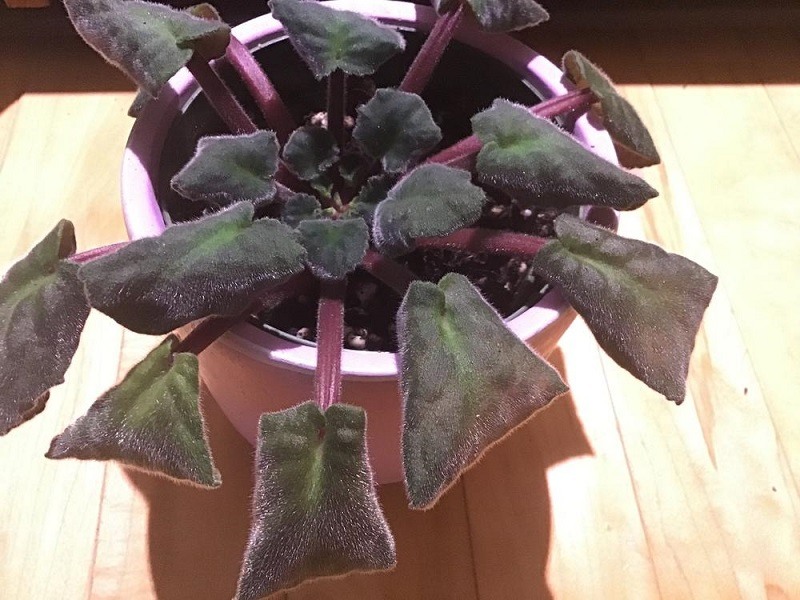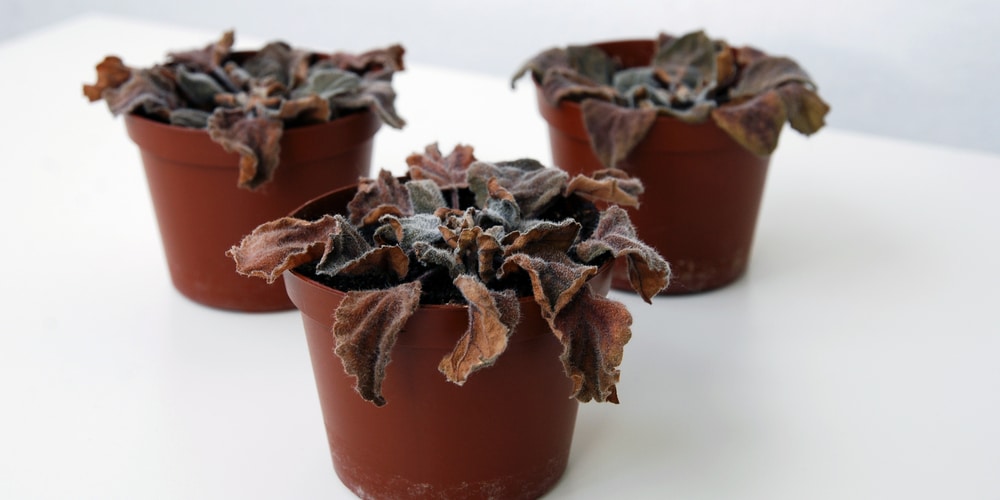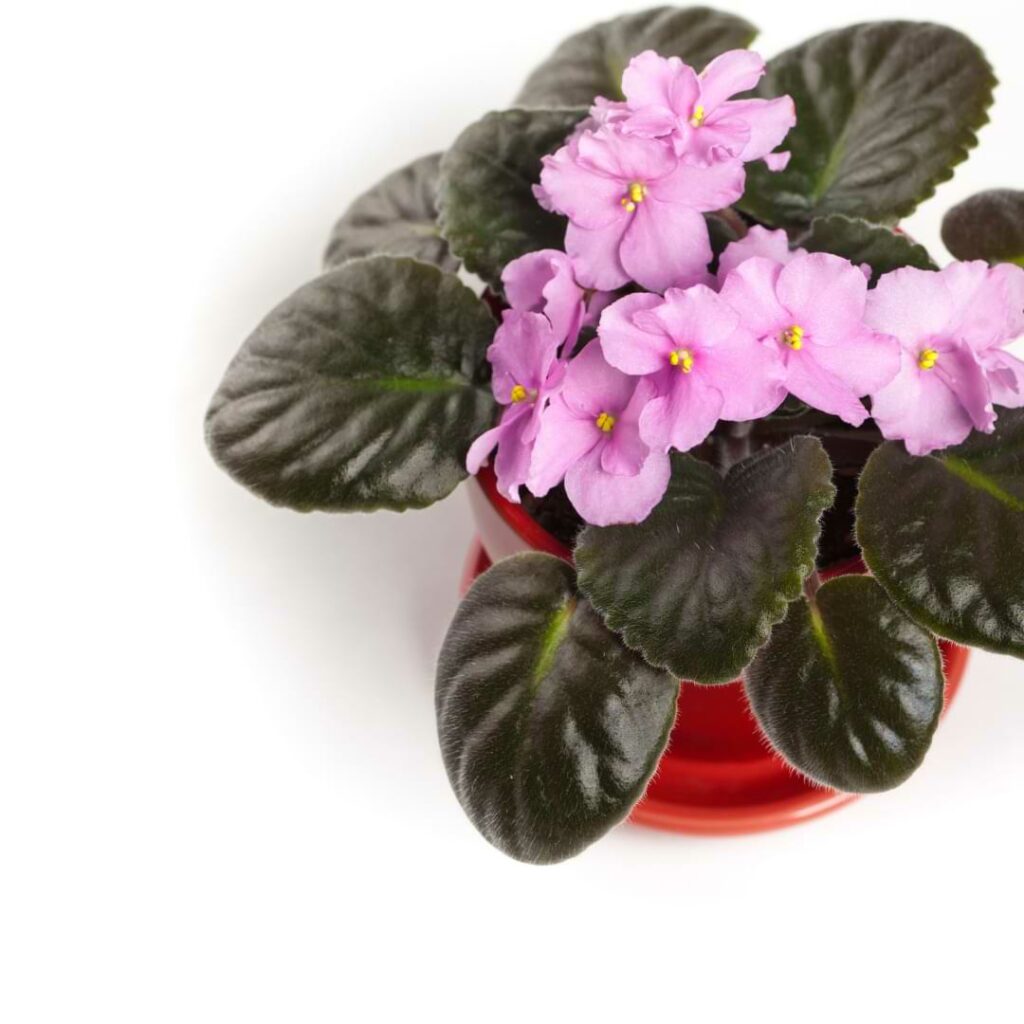African violets are beloved houseplants known for their vibrant blooms and lush green leaves. However, one of the most common issues that can afflict these charming plants is wilting leaves. If you’ve noticed your African violet leaves wilting, you’re not alone. Understanding the reasons behind this phenomenon is key to restoring your plant’s health and ensuring it continues to flourish. In this post, we’ll explore the causes of wilting in African violet leaves, how to address these issues, and tips to keep your plants thriving.
Understanding African Violets
African violets (Saintpaulia) are small perennial plants native to East Africa. They are popular for their ability to bloom indoors and come in various colors, including purple, blue, and white. With proper care, these plants can produce flowers year-round, making them an attractive choice for plant enthusiasts.
Characteristics of African Violets

- Size: African violets typically grow to about 6 to 12 inches in height.
- Leaves: They have fuzzy, dark green leaves that can develop a rosette shape.
- Flowers: Their flowers are usually small and may appear singularly or in clusters.
Common Causes of Wilting Leaves
Wilting leaves in African violets can be attributed to several factors. Let’s delve into some of the most common causes:
1. Improper Watering
Watering issues are among the top reasons why African violet leaves may wilt. Both overwatering and underwatering can lead to stress in the plant.
| Type of Watering | Symptoms |
|---|---|
| Overwatering | Leaves turn yellow and become mushy, eventually wilting. |
| Underwatering | Leaves curl and appear dry, leading to wilting. |
It’s essential to ensure that your potting mix is well-draining to prevent waterlogged roots.
2. Poor Light Conditions
African violets thrive in bright, indirect light. If they are exposed to too little light or too much direct sunlight, wilting can occur.
- Too Little Light: Leaves may stretch towards the light source, leading to weak, leggy growth.
- Too Much Direct Sunlight: Leaves can scorch and wilt, resulting in browning or crispy edges.
Optimal light conditions for African violets include 10 to 12 hours of indirect sunlight daily.
3. Temperature Fluctuations
African violets prefer stable temperatures between 65°F to 75°F (18°C to 24°C). Sudden temperature changes can lead to stress and wilting.
- Drafts: Avoid placing your plants near windows or doors that open frequently.
- Heat Sources: Keep them away from heaters, radiators, and other sources of heat.
4. Humidity Levels, African Violet Leaves Wilting
These plants thrive in a humid environment. Low humidity can lead to wilting leaves, particularly during dry seasons or in air-conditioned spaces.
- Humidity levels below 30% can be detrimental to their health.
- Using a pebble tray or a humidifier can help maintain adequate moisture levels.
5. Pest Infestation
Insects such as aphids, spider mites, and mealybugs can cause wilting in African violets. These pests feed on the plant’s sap, weakening it and leading to leaf distress.
- Aphids: Small, green bugs that cluster on new growth.
- Spider Mites: Tiny and often found on the undersides of leaves, creating webbing.
- Mealybugs: White, fluffy insects found in leaf axils and stem joints.
Addressing Wilting Leaves
When your African violet leaves begin to wilt, prompt action is essential. Here are steps to mitigate wilting and encourage recovery:
1. Assess Watering Habits
Check your watering routine. If you suspect overwatering, allow the soil to dry slightly before watering again. If the soil is too dry, give the plant a thorough drink, ensuring excess water can drain away.
2. Optimize Light Conditions
Ensure your African violet receives the right amount of light. If you notice that the plant is stretching or the leaves are getting scorched, adjust its position. Use sheer curtains to filter light if needed.
3. Maintain Ideal Temperature
Keep your plants in a stable environment. Use thermometers to monitor temperature fluctuations and adjust heating or cooling as necessary to keep conditions optimal.
4. Increase Humidity

To boost humidity, you can:
- Group your African violets with other plants.
- Use a humidifier or place water trays near the plants.
5. Inspect for Pests
Regularly inspect your plants for signs of pests. If you discover an infestation, treat the plant with insecticidal soap or neem oil. Regularly wipe the leaves with a damp cloth to remove dust and any potential pests.
Preventing Future Wilting
Once you’ve addressed the immediate issue of wilting leaves, consider these preventive measures to ensure your African violets remain healthy:
1. Establish a Care Routine
Implement a consistent watering schedule. Water when the top inch of the soil feels dry to the touch. Keep an eye on your plant’s preferences and adjust as necessary.
2. Monitor Light Levels
Adjust the positioning of your plants based on seasonal changes in daylight. Rotate pots occasionally to ensure even light exposure.
3. Fertilize Wisely
Fertilizing your African violets appropriately can promote robust growth and flowering. Use a balanced, water-soluble fertilizer every 4-6 weeks during the growing season. 🪴
4. Regular Pruning
Removing dead or wilted leaves encourages healthy growth and can help prevent pest infestations. Regular pruning also promotes better air circulation around your plants.
When to Seek Professional Help: African Violet Leaves Wilting
If you’ve tried various solutions and your African violets continue to struggle, it might be time to seek help from a gardening expert. Sometimes, wilting can be a symptom of underlying issues such as root rot or diseases that may require professional intervention.
Conclusion
Wilting leaves on African violets can be alarming, but understanding the causes and addressing them promptly can rejuvenate your plant. By establishing the right care routine, monitoring environmental factors, and being vigilant about pests, your African violets can thrive and bring beauty to your home. Remember, a happy African violet is a blooming African violet! 🌼
